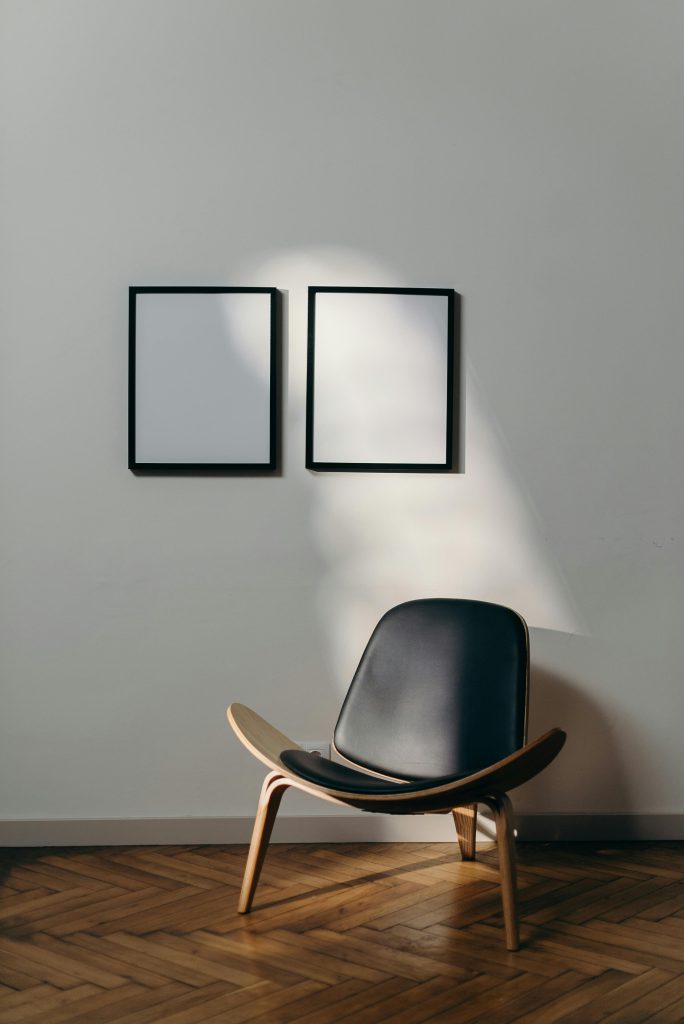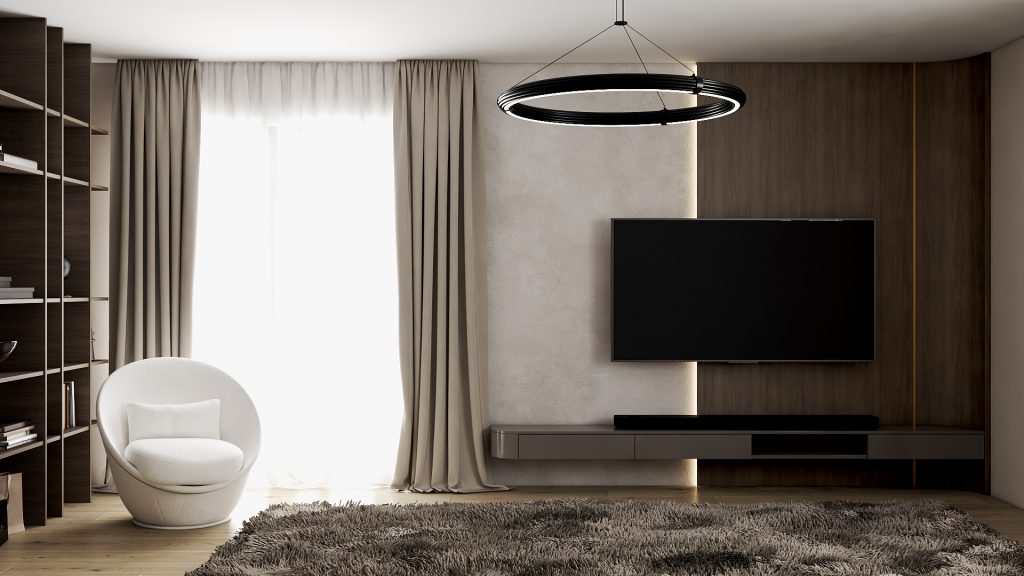Light plays a fundamental role in interior design, completely transforming the perception and functionality of a space. No matter how spectacular a space is, it loses its essence in the absence of light. Why do I believe this? Without light, nothing exists. Let’s discover together the importance of light.

The Role of Natural Light
Natural light is the most precious ally of an interior designer. It not only improves people’s well-being but also highlights the colors and textures of a room. To maximize the benefits of natural light, it is essential to consider the geographical orientation of the space, the size and placement of windows, and any external obstacles that may block the light.
Tips for maximizing natural light:
- Use transparent or semi-transparent curtains and blinds.
- Choose light colors for walls and furniture, which reflect light.
- Use mirrors to disperse light throughout the room.
Artificial Light: Functionality and Ambiance
In addition to natural light, artificial lighting is essential for creating various atmospheres and ensuring the functionality of the space. A well-thought-out lighting scheme combines general lighting, accent lighting, and task lighting to meet the needs of every corner of the room.
- General lighting: Provides uniform light throughout the room. Ceiling lights, chandeliers, or recessed lights are good examples.
- Accent lighting: Highlights specific decorative elements, such as artworks, plants, or special textures. Spotlights and directional lights are ideal for this.
- Task lighting: Is crucial in areas where specific activities are carried out, such as kitchens, offices, or bathrooms. Desk lamps and under-cabinet lights are efficient solutions.

The Psychological Impact of Light
Light has a direct impact on our mood and perception of space. Warm light (2700K – 3000K) creates an intimate and relaxing atmosphere, ideal for resting areas. In contrast, cool light (5000K – 6500K) is energizing and suitable for work and study spaces.
Innovations in Lighting
LED technology has revolutionized interior design by offering a wide range of flexible and energy-efficient options. LEDs are durable, consume less energy, and are available in various colors and shapes.
Benefits of using LED technology:
- Long lifespan and low maintenance costs.
- Design flexibility due to compact sizes.
- Options for color and intensity control through smart systems.

Light is essential for bringing a space to life. Through careful planning and the correct use of natural and artificial light, we can create functional, aesthetic, and comfortable spaces. Ultimately, proper lighting is the key to transforming a house into a true home.
Thank you for reading this article! I hope I have inspired you to pay special attention to lighting in your homes. If you have any questions or want to learn more, don’t hesitate to contact us. Until next time!
